In the period 2025-2030, Da Nang identified tourism as one of the 6 key sectors, playing the role of a key growth driver. The city aims to develop tourism and high-quality services associated with preserving and promoting the value of cultural and historical heritage, aiming to become a leading attractive destination in the world .
Rich tourism resources
Da Nang is one of the localities with the richest tourism resources in the country. The city has a 217 km long coastline with many beaches among the most beautiful in the world.
Notably, Da Nang is home to two world cultural heritages, the ancient town of Hoi An and the My Son Sanctuary, and the world biosphere reserve of Cu Lao Cham - Hoi An. In addition, the city also has one representative intangible cultural heritage of humanity, one documentary heritage, eight national intangible cultural heritages, six special national relics, and hundreds of national relics and treasures.
Not only rich in cultural resources, Da Nang also has a diverse ecosystem: sea, islands, lakes, primeval forests; along with folk values, performing arts, traditional festivals, crafts and indigenous knowledge. Up to now, Da Nang has formed large-scale tourist areas such as Ba Na Hills, Dong Giang Heaven Gate, Vinpearl Nam Hoi An... along with dozens of coastal resorts.
In the first 9 months of 2025, Da Nang tourism recorded a strong recovery. Revenue from accommodation and catering services is estimated at 14,898 billion VND - an increase of 25.1% over the same period in 2024. In September 2025 alone, the total revenue of the tourism industry reached 4,582 billion VND, an increase of 29% over the same period last year.
However, many opinions say that compared to the potential and advantages, the results achieved by Da Nang tourism are still not commensurate. The problem is how to connect and spread tourism values to the "satellites" in the South and West of Da Nang, forming a complete chain of experiences for tourists.
The Resolution of the 1st Congress of the Da Nang City Party Committee determined that in the 2025-2030 term, the city will focus on developing tourism and high-quality services, associated with international-class resort real estate, while preserving and promoting world and national cultural heritages.
Da Nang will invest in new tourism products, develop Son Tra into a national tourist area, convert Tien Sa port into a tourist port, and build an international entertainment and shopping center. The city focuses on exploiting the value of the heritages of Hoi An, My Son, Cu Lao Cham, etc.; develop many river tourism routes, connecting key destinations; develop community, ecological, and agricultural tourism; strive to achieve tourism growth of 11%-19% per year in the 2026-2030 period.
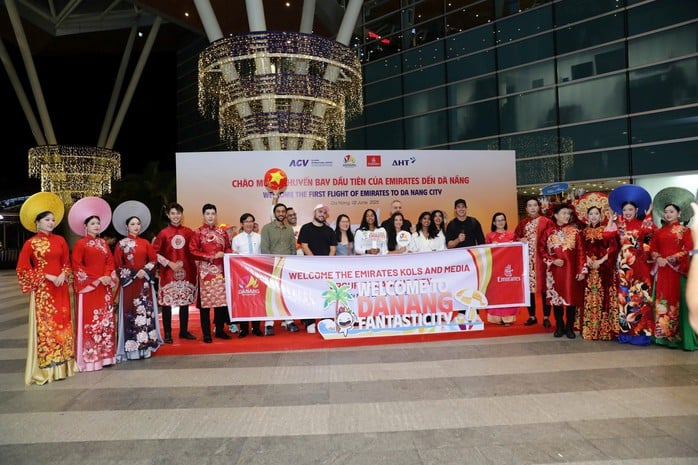
Emirates' first flight took passengers from Dubai - United Arab Emirates to Da Nang City in June 2025, opening up opportunities to connect more than 140 destinations globally. Photo: BICH VAN
Orientation for sustainable development
Mr. Nguyen Anh Tan, Chairman of the Board of Directors of FVG Group, commented that the merger of Quang Nam and Da Nang has opened up a more comprehensive space for tourism development.
"Quang Nam is famous for its heritage and culture; Da Nang is strong in sea tourism and modern urban areas. When the two localities "come together", Da Nang City can create a common tourism brand, connecting heritage - sea islands - ecology - urban areas into a complete journey" - Mr. Tan said.
Mr. Tan believes that although the opportunities for tourism development in Da Nang are clear, there are still many challenges. He suggested that the city invest in synchronous infrastructure and expand development to the West - where there is still much tourism potential. In addition, it is necessary to strengthen connectivity not only by road but also by river and sea to diversify experiences; plan tourism clusters, create attractive product "combos" that suit the needs of tourists.
According to Chairman of the Da Nang Tourism Association Cao Tri Dung, the city’s tourism industry needs a fundamental change in approach. First of all, it is necessary to reposition the pillar tourism products based on rich resources. The product development needs to be linked to a comprehensive and systematic planning, thereby determining short-term and long-term target tourist groups.
Mr. Dung commented that Da Nang has the advantage of accessing Asian tourism markets, especially Northeast Asia, South Asia and domestic tourists. Meanwhile, the heritage strength in the Quang Nam region in the past was more suitable for the European, Australian, American and Middle Eastern markets.
Mr. Dung assessed: "This combination creates diversity but also requires redefining key tourism products, choosing effective and sustainable exploitation markets. The Da Nang tourism industry needs to clearly classify which markets can be exploited immediately, and which markets need long-term product preparation."
Ms. Truong Thi Hong Hanh, Director of the Department of Culture, Sports and Tourism of Da Nang City, said that open space and diverse resources are opportunities for Da Nang to become a regional national tourism center, a gateway to tourism in the Central region. According to her, for Da Nang tourism to develop sustainably, it is necessary to first review and adjust the planning to suit the new space; clearly define the orientation of developing high-quality tourism associated with heritage conservation; synchronously invest in the transport infrastructure system, and increase connectivity.
Ms. Hanh emphasized that Da Nang needs to diversify its tourism products. In addition, the city must promote the preservation, restoration and promotion of traditional festivals; innovate management methods and encourage the community to participate in protecting heritages. The city also needs to improve the quality of related services through the development of a set of standard criteria; hire domestic and foreign experts to advise on tourism product development; and create a safe and friendly tourism environment.
Strengthening links
Vice Chairwoman of the Da Nang People's Committee Nguyen Thi Anh Thi recently surveyed tourist destinations in the West and South of the city. She suggested that localities promote their existing potential, proactively propose solutions to difficulties, and develop plans to link with other tourist destinations to create a chain of attractive destinations.
The Vice Chairman of the People's Committee of Da Nang City acknowledged that developing community and ecological tourism in the western mountainous communes not only contributes to preserving the Co Tu culture but also creates livelihoods and increases income for people, aiming towards sustainable development.
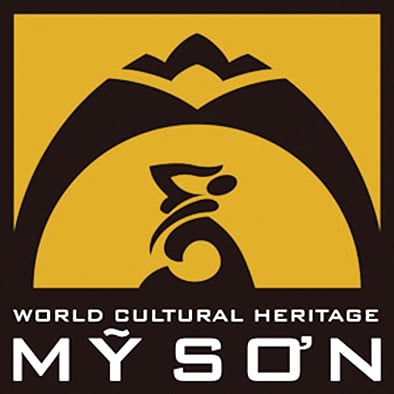
Source: https://nld.com.vn/tao-dung-thuong-hieu-du-lich-da-nang-196251014210038103.htm



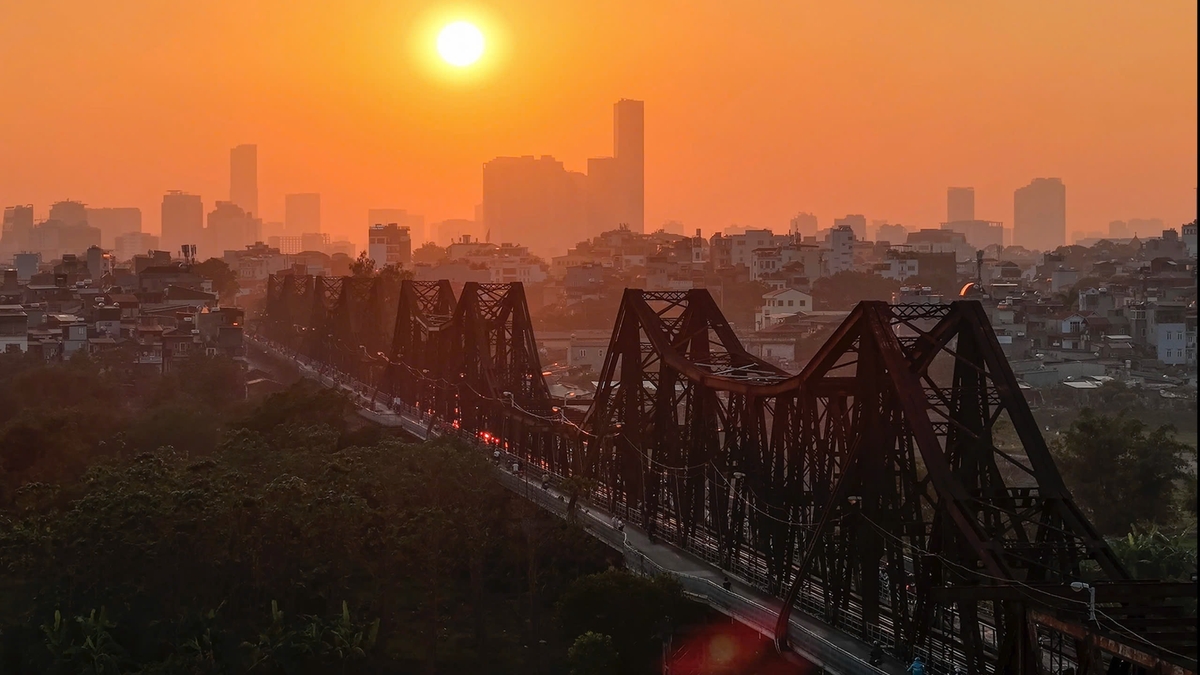


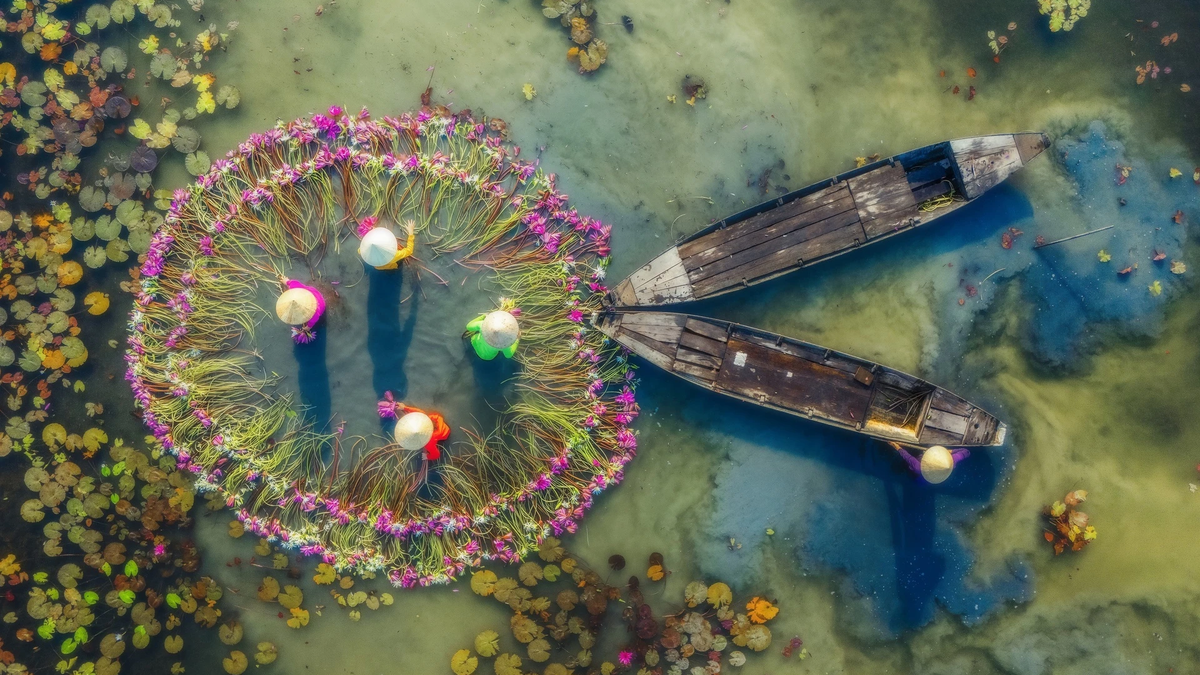

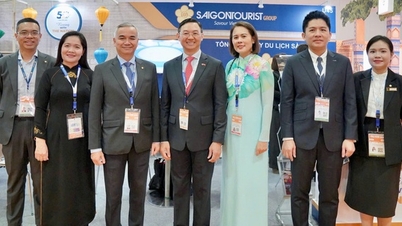
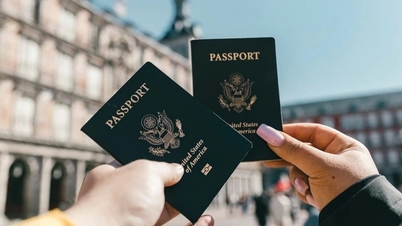





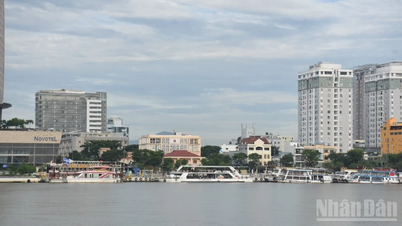










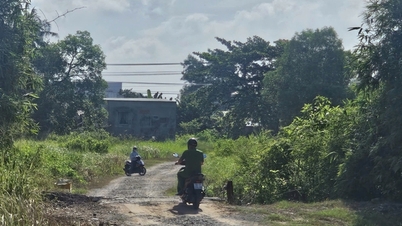
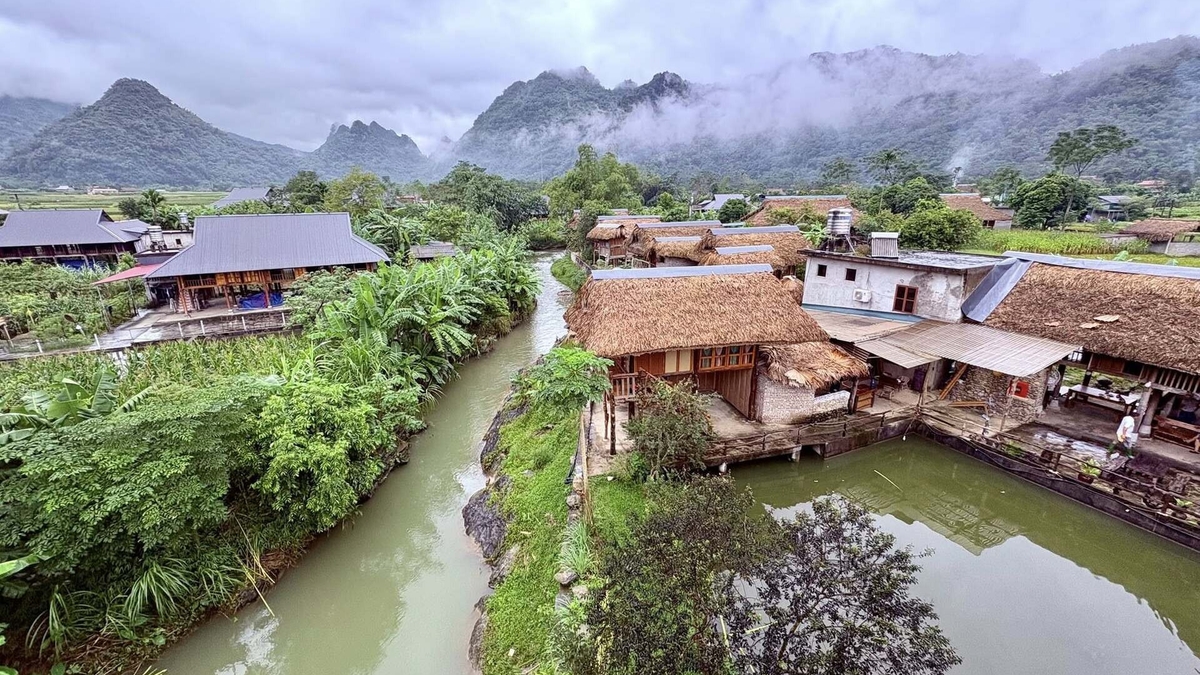
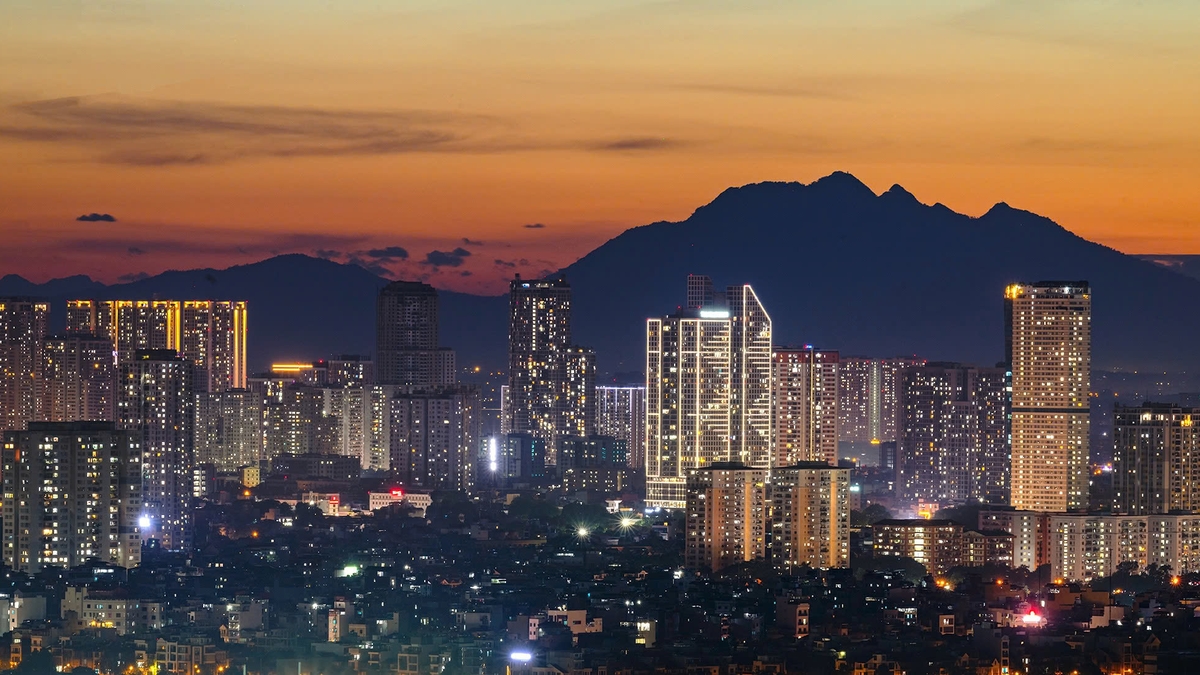
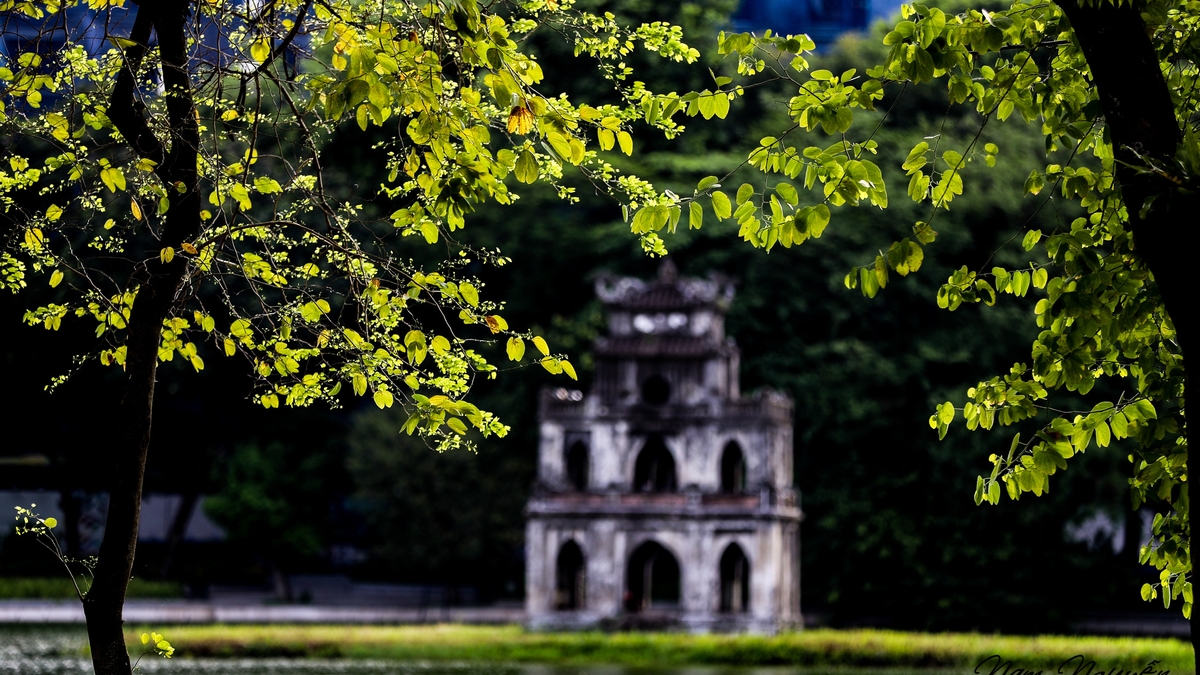
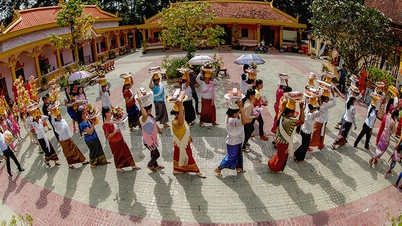

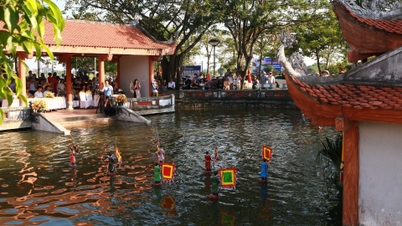
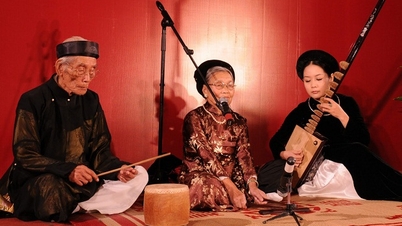

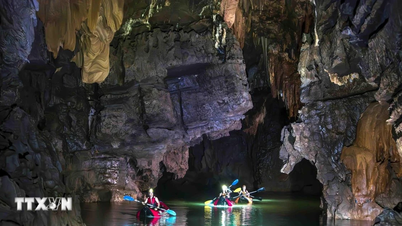
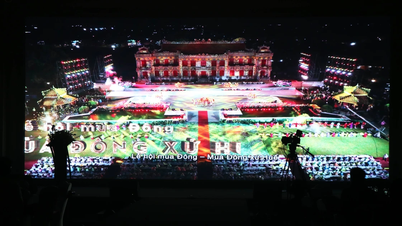
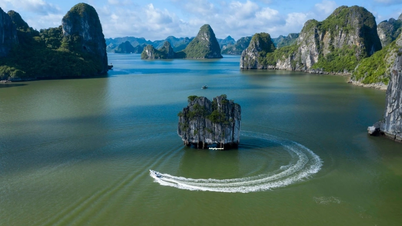



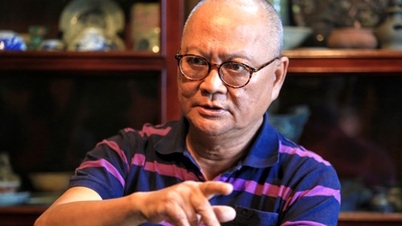






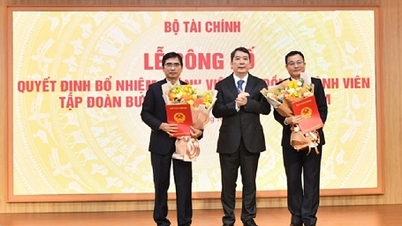

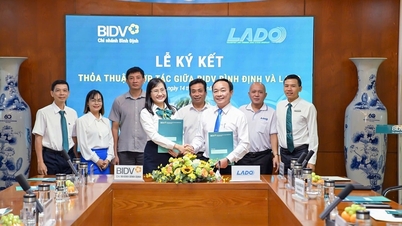

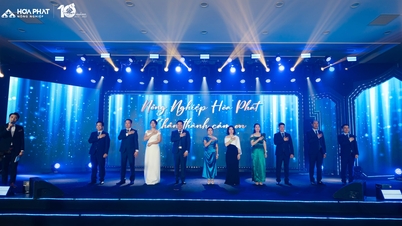

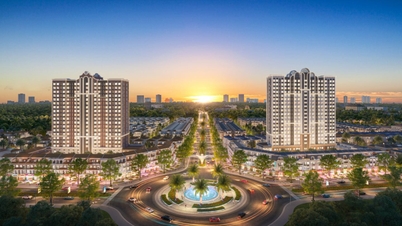







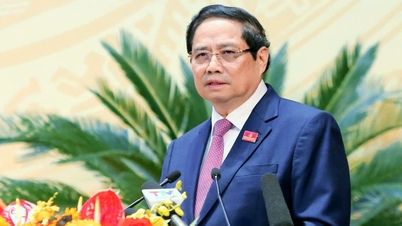

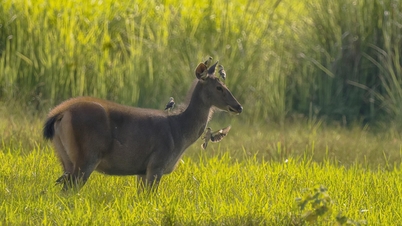

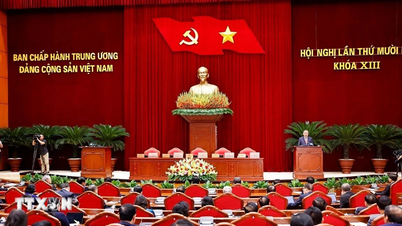
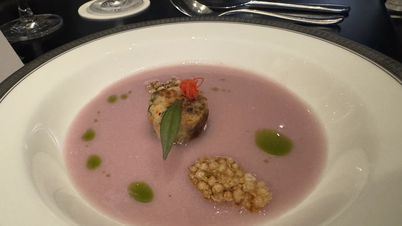



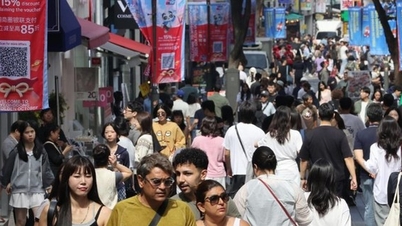

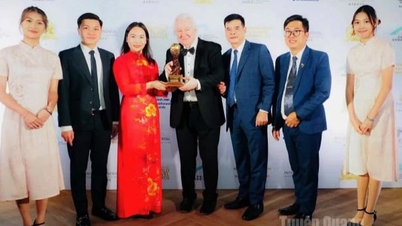

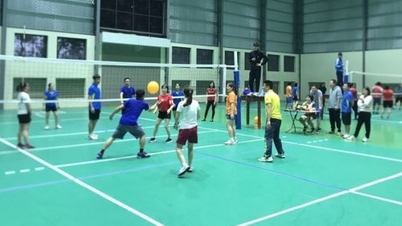

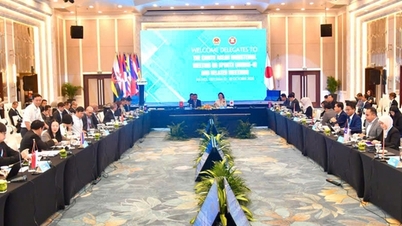
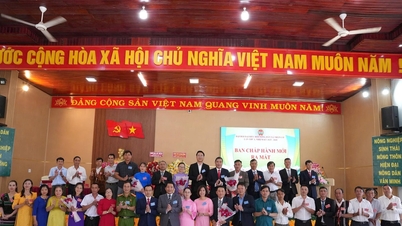

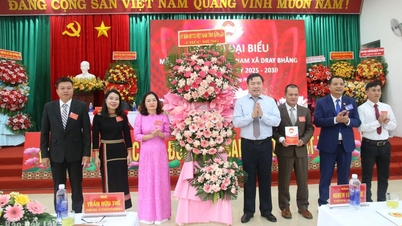

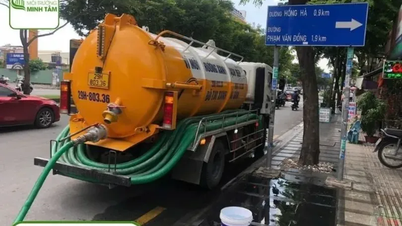

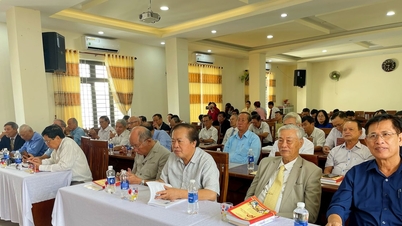

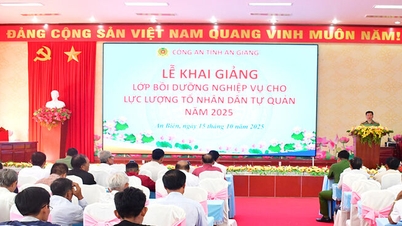

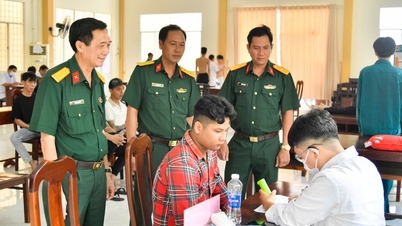






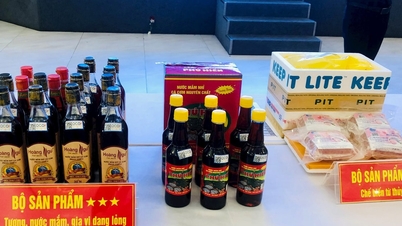









Comment (0)